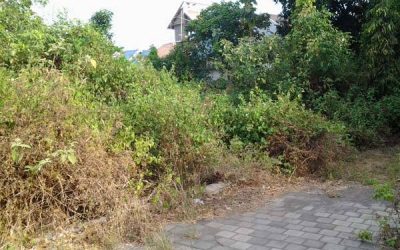About Bali
Three decades ago, the Balinese economy was largely agriculture-based in terms of both output and employment. Tourism is now the largest single industry; and as a result, Bali is one of Indonesia’s wealthiest regions. About 80% of Bali’s economy depends on tourism.
The tourism industry is overwhelmingly focused in the south, while significant in the other parts of the island as well. The main tourist locations are the town of Kuta (with its beach), and its outer suburbs (which were once independent townships) of Legian and Seminyak; the east coast town of Sanur (once the only tourist hub); in the center of the island Ubud; to the south of the airport is Jimbaran and the newer development of Nusa Dua.
An offshoot of tourism is the growing real estate industry. Bali real estate has been rapidly developing in the main tourist areas of Kuta, Legian, Seminyak and Oberoi. Most recently, high-end 5 star projects are under development on the Bukit peninsula on the south side of the island. Million dollar villas are springing up along the cliff sides of south Bali, commanding panoramic ocean views. Foreign and domestic (many Jakarta individuals and companies are fairly active) investment into other areas of the island also continues to grow. Land prices, despite the worldwide economic crisis have remained stable.
Bali, received the Best Island award from Travel and Leisure 2010. The award was presented in the show “World’s Best Awards 2010” in New York, on 21 July. Hotel Four Seasons Resort Bali at Jimbaran also received an award in the category of “World Best Hotel Spas in Asia 2010”. The award was based upon survey results of travel magazine Travel + Leisure readers, during the period December 15, 2009 through March 31, 2010, and was based upon several criteria. The island of Bali won because its natural state is uniformly attractive (both mountain and coastal areas), tourist attractions are diverse and widely distributed, the excellent availability of restaurants food (international and local), and the friendliness of the local people to visitors.




